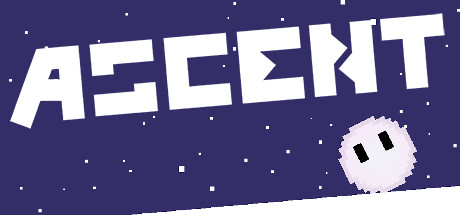Ascent Mac OS
Apr 27, 2021 The Ascent is a solo and co-op action RPG, set on Veles, a packed cyberpunk world. Welcome to The Ascent Group arcology, a self-contained corporate-run metropolis, stretching high into the sky and filled with creatures from all over the galaxy. Download Ascent for Mac to track logging app: imports GPX files and syncs to Garmin USB devices. Operating Systems Macintosh, Mac OS X 10.5, Mac OS X 10.6, Mac OS X 10.7. Note: This issue is apparently addressed by Subaru Technical Service Bulletin 07-155-19R.If you have an Ascent (or Forester, apparently), have your dealer update your vehicle. When we owned a boat, we used a 2008 Toyota Sequoia to pull it.The Sequoia is a great truck—it pulled the boat, had tons of room for stuff and people, and rode quite nicely. This article applies to the following versions: Outlook 2016, Mac OS Description: How to create an Outlook 2016 profile for Mac OS Steps: Add, change, or delete a profile From Finde.
Long-time Mac users know that you can type diacritical characters—for example, â, é, ì, ü, and ñ—by first typing the diacritical (which usually requires the use of the Option key) and then typing the letter. For example, to get ä, you type Option-u and then type a.
If you don’t want to remember the sometimes-obscure key combination required for each diacritical, you can use Mac OS X’s Keyboard Viewer to figure out which combination does what, but it’s a bit of a hassle to have to show and hide Keyboard Viewer each time you want a special character. Another option is PopChar, a third-party utility that provides a drop-down menu for accessing any special character you could ever want to type, but PopChar is probably overkill for many users.
An easier solution—and one that will look familiar to Windows users who use the US International keyboard layout—is built right into Snow Leopard (Mac OS X 10.6). Launch System Preferences, open the Language & Text pane, and then click the Input Sources tab. In the list of input methods on the left, scroll down and enable U.S. International – PC. Then switch to this input method. (The easiest way to do so is to enable, in the same Input Sources tab, the option to Show Input Menu In Menu Bar, and then choose from that menu the U.S. International – PC layout.)
Ascent Mask
Now creating diacritical characters is as simple as typing a standard punctuation character and then the desired letter:

Accent Macros
- ´ = ‘ (apostrophe) and then a letter; for example, ‘e gives you é
- ` = ` (grave accent, or tick mark) and then a letter; for example `o gives you ò
- ¨ = ” (quotation mark) and then a letter; for example, “u gives you ü
- ˆ = ^ (caret) and then a letter; for example, ^a gives you â
- ˜ = ~ (tilde) and then a letter; for example, ~n gives you ñ
Mac Os Catalina
What do you do if you need to type, say, an apostrophe followed by a vowel, as in “A better idea…? Just immediately follow the punctuation character with a space; for example, ‘[space]. The space disables that particular automatic replacement—the space character won’t even appear—and you can then type any character you want.
(Note that if you’re running Mac OS X 10.5 [Leopard] or 10.4 [Tiger], you can download Rainer Brockerhoff’s USInternational keyboard layout to get similar functionality. Just copy the downloaded file into /Library/Keyboards and then log out and back in. Rainer also has older versions of the keyboard layout for OS X 10.1, 10.2, and 10.3.)
One caveat: Depending on which keyboard you have connected to your Mac, using the U.S. International – PC keyboard layout could change the location of some keys. I’ve been using it with several standard U.S. keyboards, from both Apple and third-party vendors, and haven’t encountered any issues, but that won’t be the case for every keyboard.

(Thanks to Mac OS X Hints readers pietervw and roo.bookaroo for this hint.)